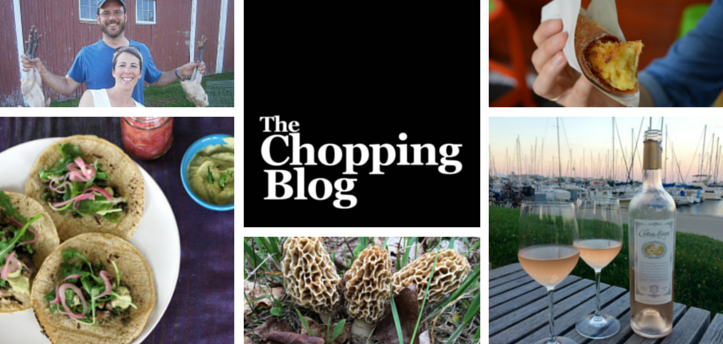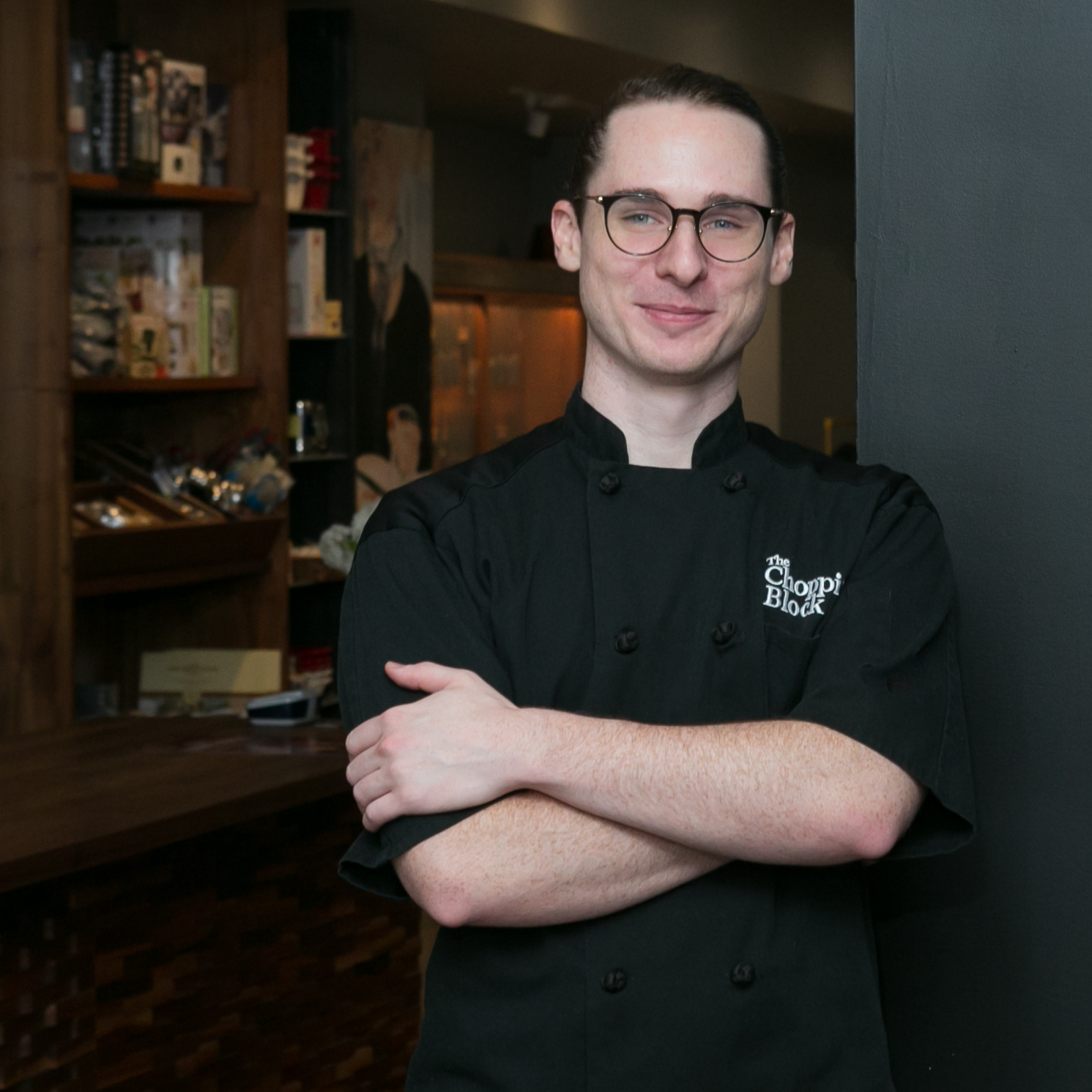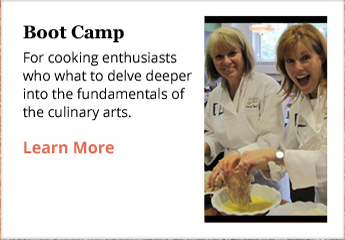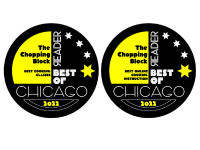Flan, a luscious and creamy dessert, has been a beloved treat for centuries. Its rich history, unique texture, and delightful flavor make it a standout on any dessert menu. Join me on a journey through the origins of flan, its taste and texture, and what makes a great flan truly exceptional. I’ll also share my recent trip to Peru, where I encountered the most perfect flan I've ever seen.
The Origins of Flan
Flan traces its roots back to ancient Rome, where it was known as "flado," a term for flat cakes. The Romans created this early version using eggs, milk, and honey, but it wasn’t until the Middle Ages that flan began to resemble the dessert we know today. As the recipe spread across Europe, it evolved, incorporating caramelized sugar and different flavorings.
The Spanish brought flan to the Americas during the colonial period, and it quickly became a staple in Latin American cuisine. Today, flan is especially popular in Mexico, Puerto Rico, Cuba, and many other Latin countries, each with its own regional variations.
Taste and Texture: The Hallmarks of Flan
A well-made flan should have a silky, smooth texture that melts in your mouth. The custard base, made from eggs, milk, and sugar, should be creamy and delicate, with a slight jiggle when gently shaken. The caramel topping, a crucial component, adds a rich sweetness and a beautiful golden color.
The flavor of flan is typically a harmonious blend of vanilla and caramel. However, variations can include hints of citrus, coffee, coconut, or even a touch of rum. Regardless of the flavor, the key is balance – the sweetness of the caramel should complement the custard, not overwhelm it.
What Makes a Good Flan Great?
Several factors contribute to the perfection of a flan:
- Quality Ingredients: Using fresh, high-quality eggs, milk, and vanilla is essential. The purity of these ingredients shines through in the final product.
- Caramelization: Achieving the right level of caramelization is crucial. The sugar should be cooked until it reaches a deep amber color, imparting a complex, slightly bitter note that balances the sweetness of the custard.
- Cooking Technique: Flan is typically baked in a water bath (bain-marie) to ensure even cooking and prevent the custard from curdling. This gentle heat results in a smooth, creamy texture.
- Timing: Overcooking flan can lead to a rubbery texture, while undercooking can leave it too runny. The perfect flan is cooked just until it sets, with a slight wobble in the center.
Flan Around the World
Today, flan is enjoyed globally, often with regional twists. In Mexico, flan may be flavored with orange or cinnamon. In Puerto Rico, flan de coco (coconut flan) is a popular variation. In the Philippines, leche flan is made with sweetened condensed milk for an extra-rich version.
Modern chefs have also embraced flan, creating innovative versions like chocolate flan, matcha flan, and even savory flans incorporating ingredients like cheese and vegetables.
A Peruvian Flan Experience
Recently, I had the pleasure of visiting Peru, a country known for its rich culinary heritage. During my stay, I dined at a charming restaurant in Lima, where I witnessed the most perfect flan being served to delighted patrons. Time after time, I watched as this flawless dessert floated through the dining room, its golden caramel glistening under the lights.
 Unable to resist, I ordered a flan for myself. As it arrived at my table, I was struck by its beautiful presentation. The caramel layer was perfectly set, and the custard jiggled invitingly. With the first bite, I was transported to dessert heaven. The flan was everything it should be – creamy, smooth, and balanced, with the perfect hint of vanilla and a rich caramel finish.
Unable to resist, I ordered a flan for myself. As it arrived at my table, I was struck by its beautiful presentation. The caramel layer was perfectly set, and the custard jiggled invitingly. With the first bite, I was transported to dessert heaven. The flan was everything it should be – creamy, smooth, and balanced, with the perfect hint of vanilla and a rich caramel finish.
This experience in Peru reaffirmed my love for flan and inspired me to explore new variations of this classic dessert.

Twists on the Classic Flan
If you’re looking to put a unique spin on traditional flan, here are a few ideas:
- Chocolate Flan: Add melted dark chocolate to the custard mixture for a rich, decadent version.
- Coffee Flan: Infuse the milk with coffee beans or add a shot of espresso for a delightful coffee flavor.
- Citrus Flan: Incorporate the zest of oranges or lemons into the custard for a refreshing twist.
- Savory Flan: Experiment with savory ingredients like cheese, spinach, or even mushrooms for a unique appetizer.
- Spiced Flan: Add spices like cinnamon, nutmeg, or cardamom to the custard for a warm, aromatic dessert.
Flan is a dessert that transcends borders and generations, with its origins in ancient Rome and its evolution into a beloved treat across Latin America and beyond. A great flan is a testament to the power of simple ingredients and precise technique, resulting in a creamy, dreamy dessert that delights the senses.
 Whether you stick to the classic recipe or explore new variations, flan is a dessert that is sure to impress and satisfy. So, next time you’re in the mood for something sweet, consider making or ordering this timeless delight – you won’t be disappointed.
Whether you stick to the classic recipe or explore new variations, flan is a dessert that is sure to impress and satisfy. So, next time you’re in the mood for something sweet, consider making or ordering this timeless delight – you won’t be disappointed.
If you may not know how to make flan, consider joining us at The Chopping Block for Culinary Boot Camp where you learn in-depth about egg cookery, or try out one of our countless baking and pastry classes that are full of eggs in general.












